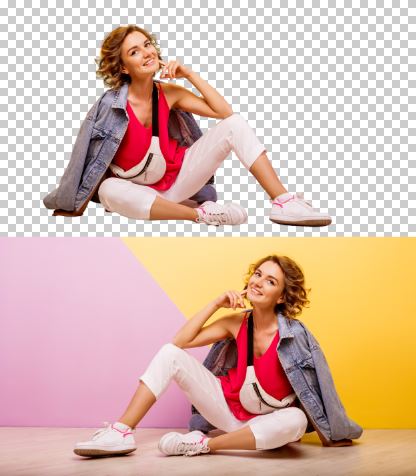
What is Background Removal Service in Photo Editing?
In the world of digital imagery, first impressions matter. Whether you’re running an e-commerce store, managing a photography portfolio, or

In the world of digital imagery, first impressions matter. Whether you’re running an e-commerce store, managing a photography portfolio, or

If you work with digital images — whether for eCommerce, photography, or graphic design — you’ve likely heard the term

Why Photo Editing is Important Photography is more than just capturing moments; it’s about telling stories, evoking emotions, and presenting
Copyright © 2025 Image Editing Park· All rights reserved.